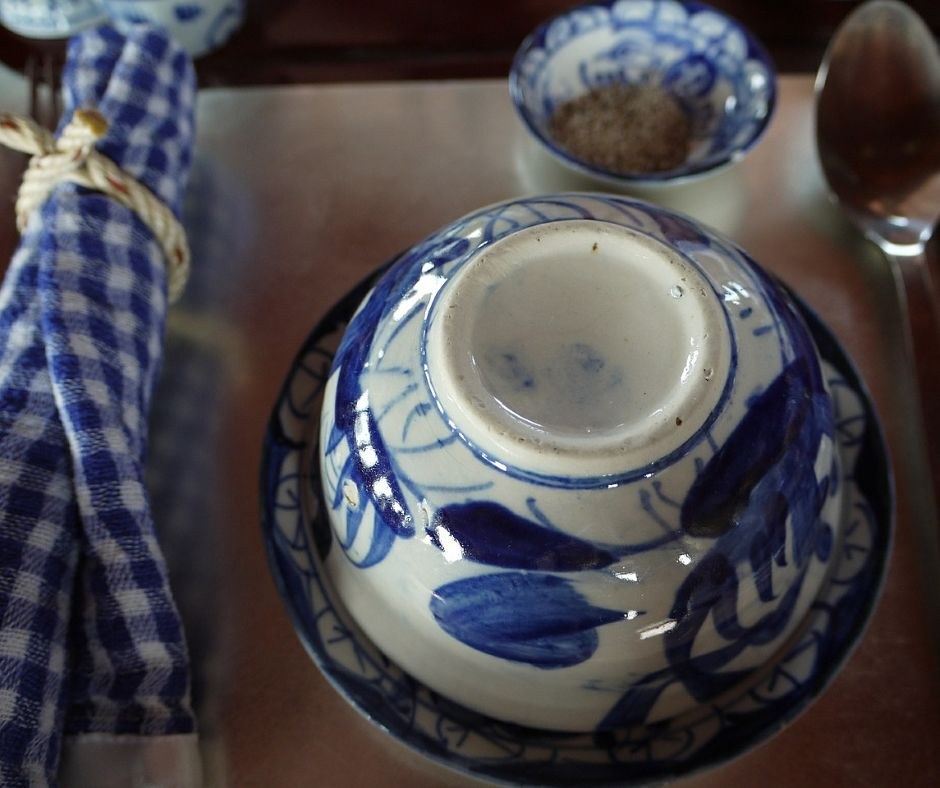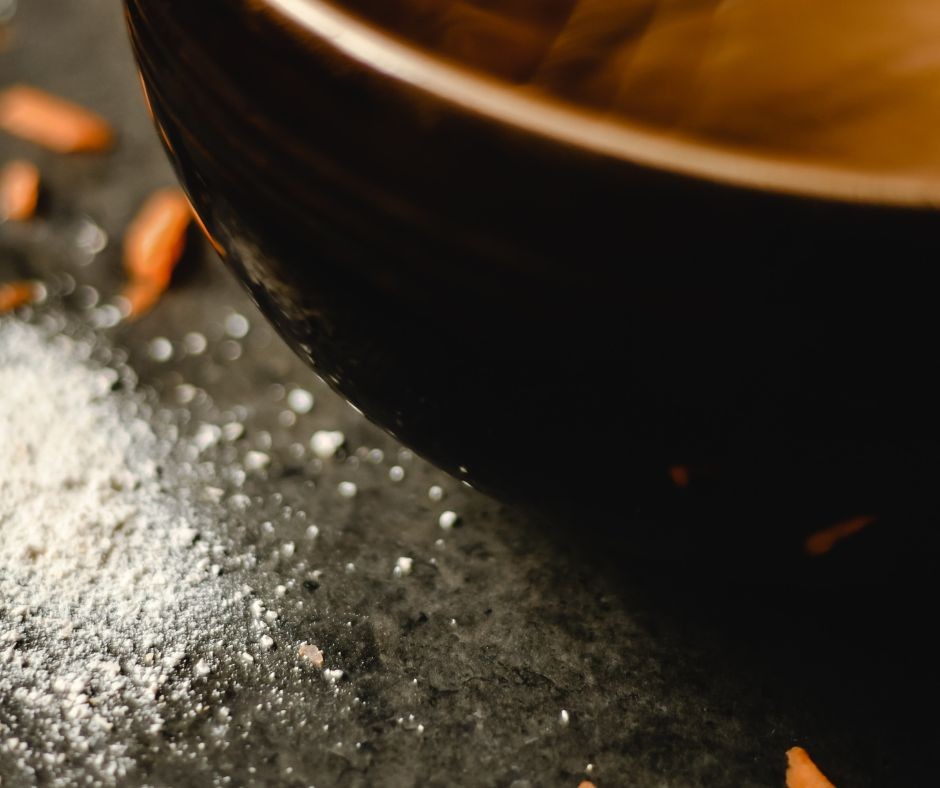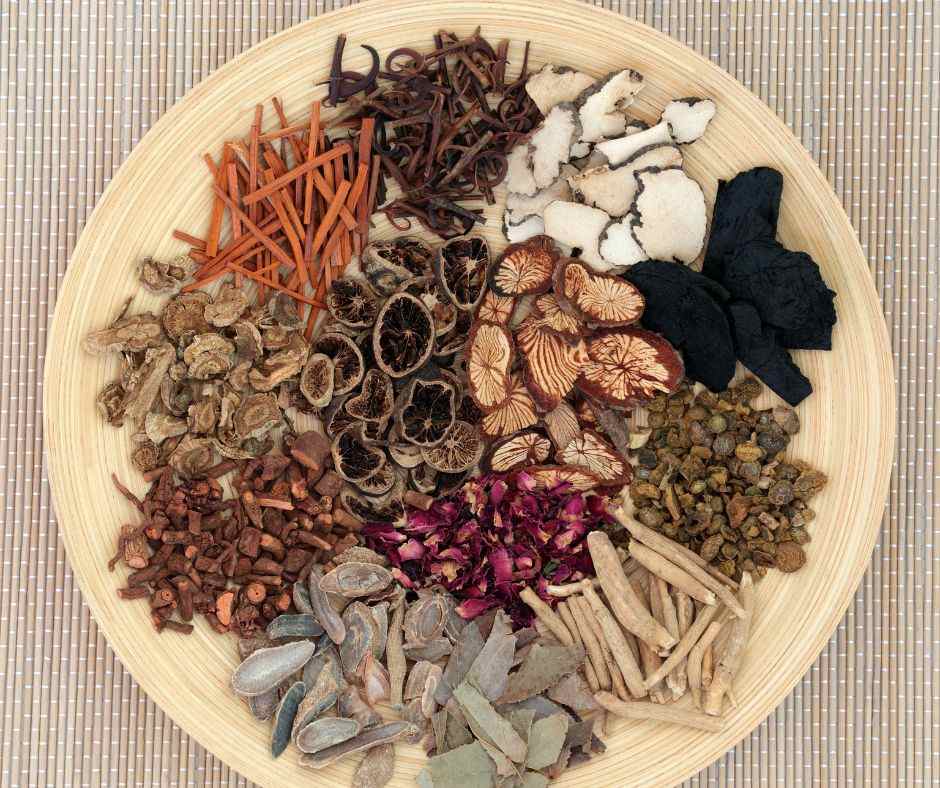Miso is a fermented paste usually made from cooked soybeans, koji, salt, and a grain such as rice or barley. Most likely, you’ll find several types of miso in the refrigerated section of your local health food or grocery store. Every variety of miso has a different flavour; from rich savory red miso’s to sweet delicate white ones, so experiment and see which you prefer.
Miso comes unpasteurized, and is a “live” food, which means it’s full of bacteria that support gut health. While all naturally fermented foods are beneficial for digestion, miso is especially healing due to its high nutritive value.
Along wth providing an array of vitamins and minerals, it’s also a good protein source (especially for vegetarians), and provides all essential amino acids. It also has a positive effect on immune health. Some studies even show a positive effect for cancer patients, and radiation exposure.
Remember not to cook miso as that would kill the good bacteria it contains. Instead, add it to already cooked dishes. Miso is also high in sodium, so use it in moderation.
Miso paste is very versatile. Use it for dips, salad dressings, sauces, and soup. Below you’ll find one of my go-to recipes for a wonderful miso soup to enjoy on a chilly winter day. It’s even a great breakfast meal!
Nourishing Miso Soup
Ingredients:
Serves 4
- 2 teaspoons sesame oil
- 1 clove minced garlic
- 3 tsp minced ginger
- 4-5 cups water
- 1-2 inch strip of wakame, rinsed and soaked 5 minutes in water, until softened
- 1/2 cup thinly sliced diakon radish
- 2 carrots, sliced
- 3 shitake mushrooms, sliced
- 2 cups leafy greens (bokchoy, or kale)
- 2-3 teaspoons barley miso
- 1 green onion, finely chopped
- Tamari
- White wine vinegar
Directions:
- In a pot, add sesame oil, garlic, and ginger over medium heat. Saute 2-3 min.
- Add daikon, carrots, and mushrooms. Saute 2 min. Careful not to brown the veggies.
- Chop soaked wakame (discard soak water or use on houseplants for the minerals)
- Add water and wakame and bring to a boil.
- Simmer gently for 5-10 min. minutes or until vegetables are tender.
- Add leafy greens and simmer for 2-3 minutes.
- Remove about 1/2 cup of liquid from pot and dissolve miso into it.
- Reduce heat to very low
- Return the water and miso to the pot. Do not boil or simmer the miso broth.
- Allow soup to cook 2-3 minutes more.
- Garnish with scallions, tamari, and vinegar and serve.
Want to learn more about food for the winter? Check out this post.








